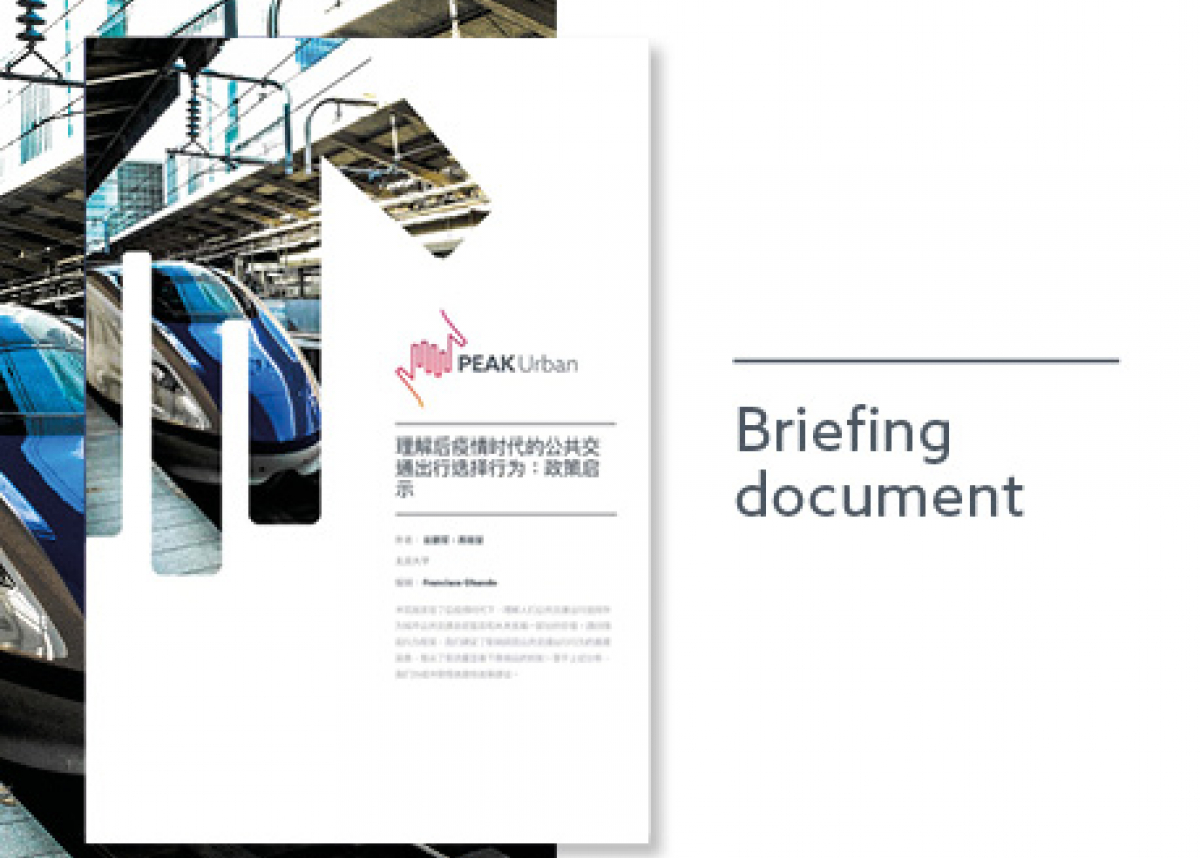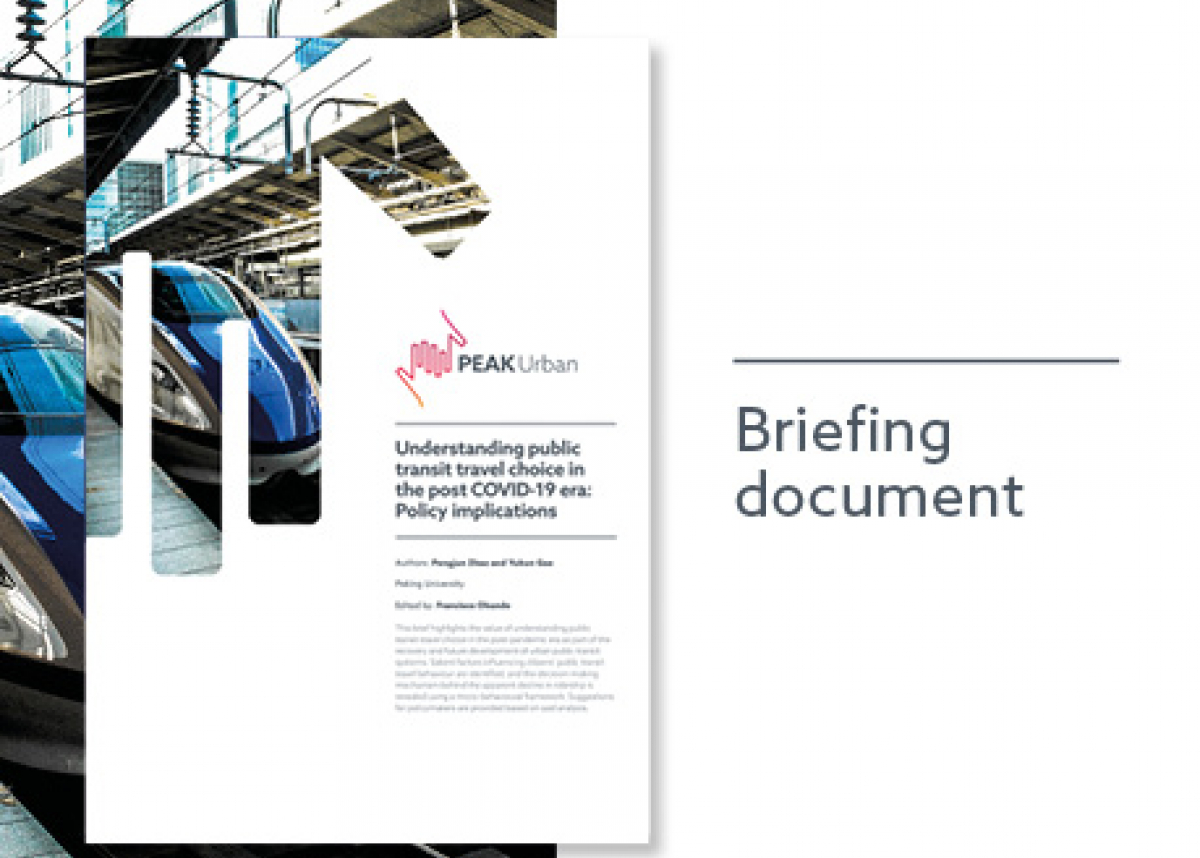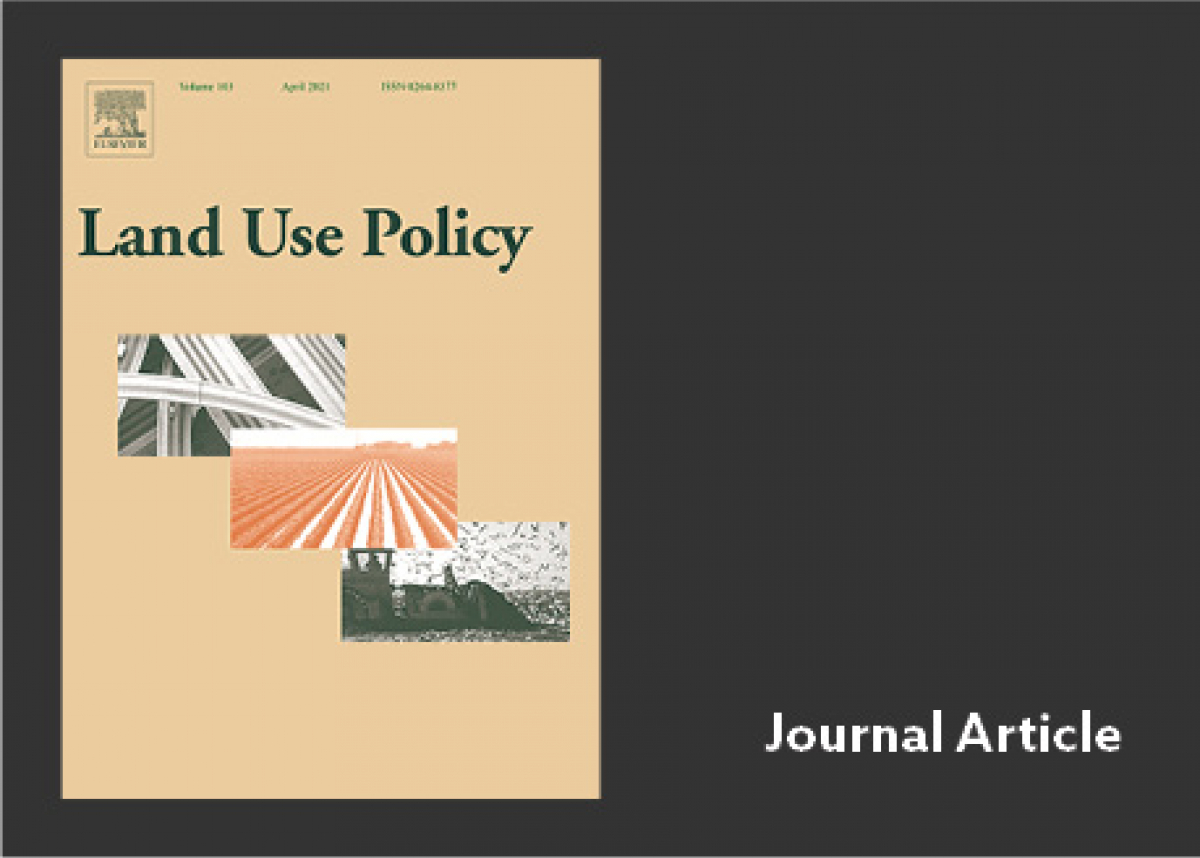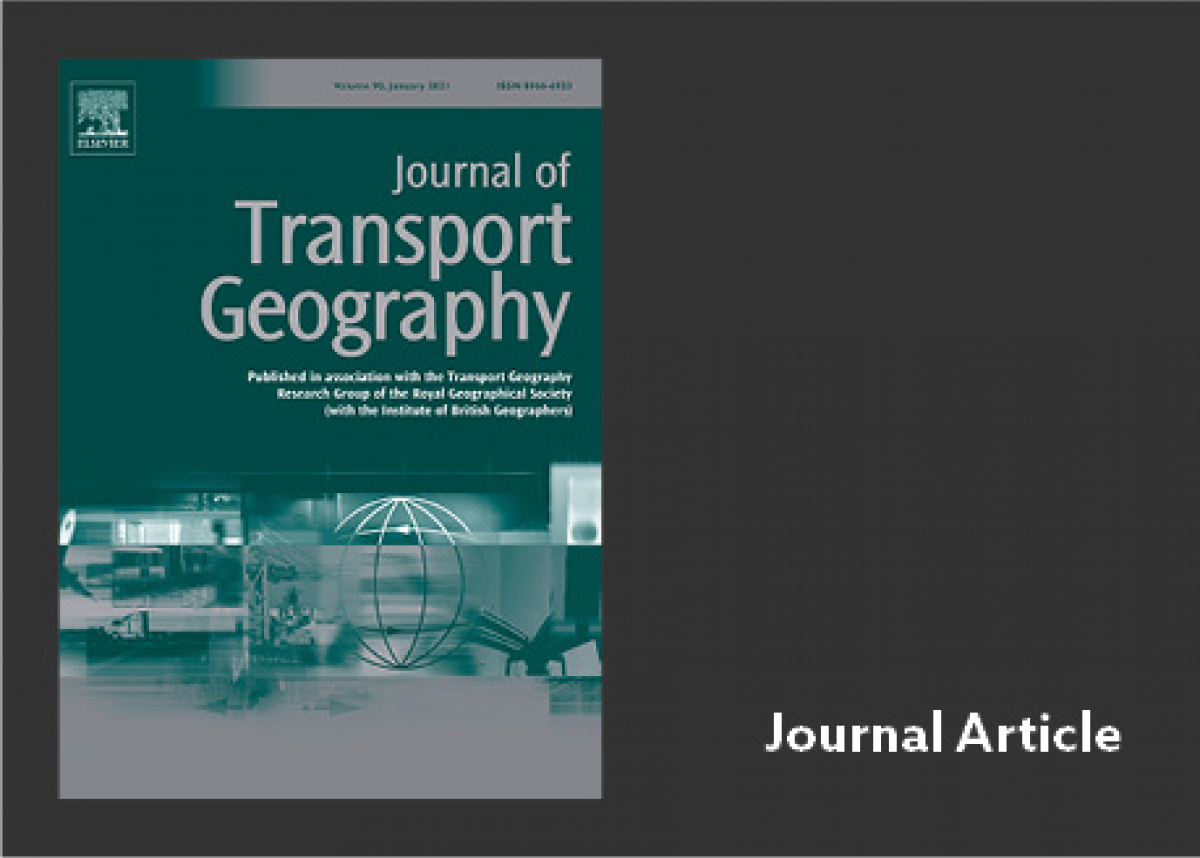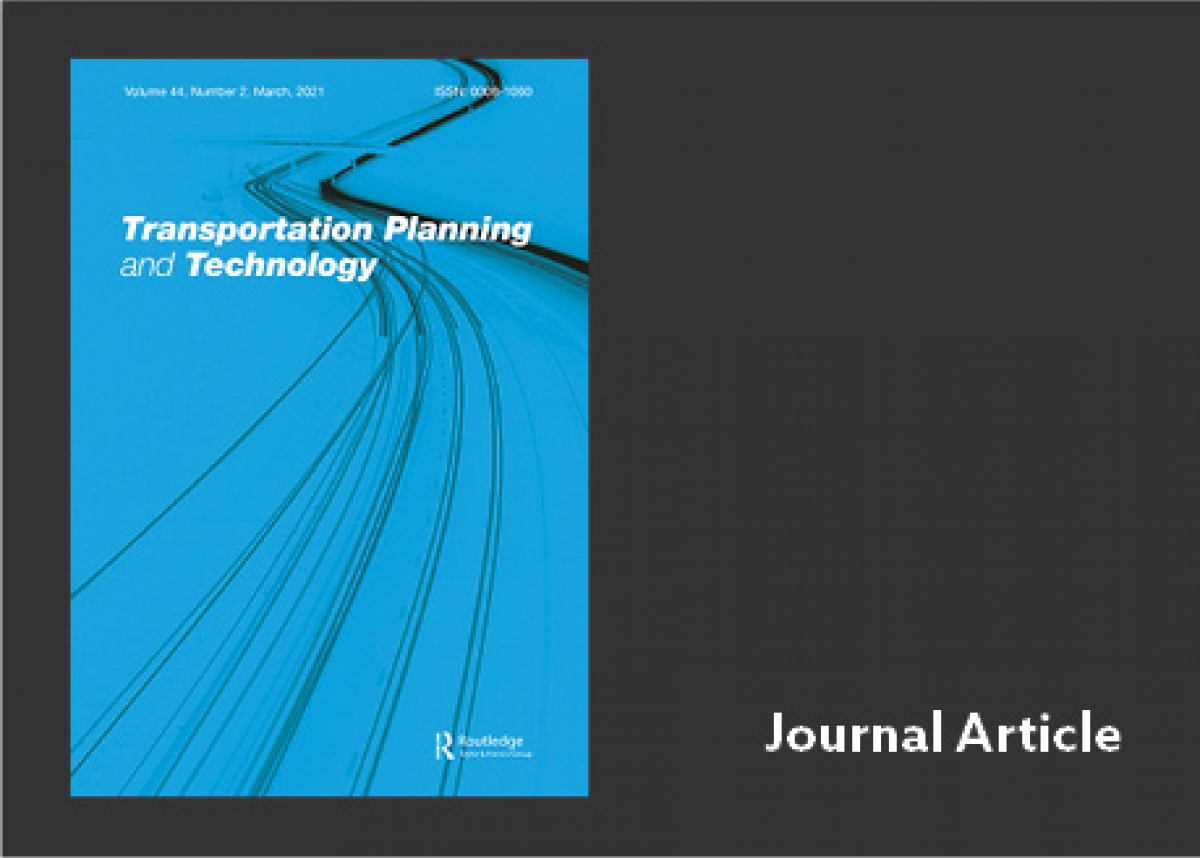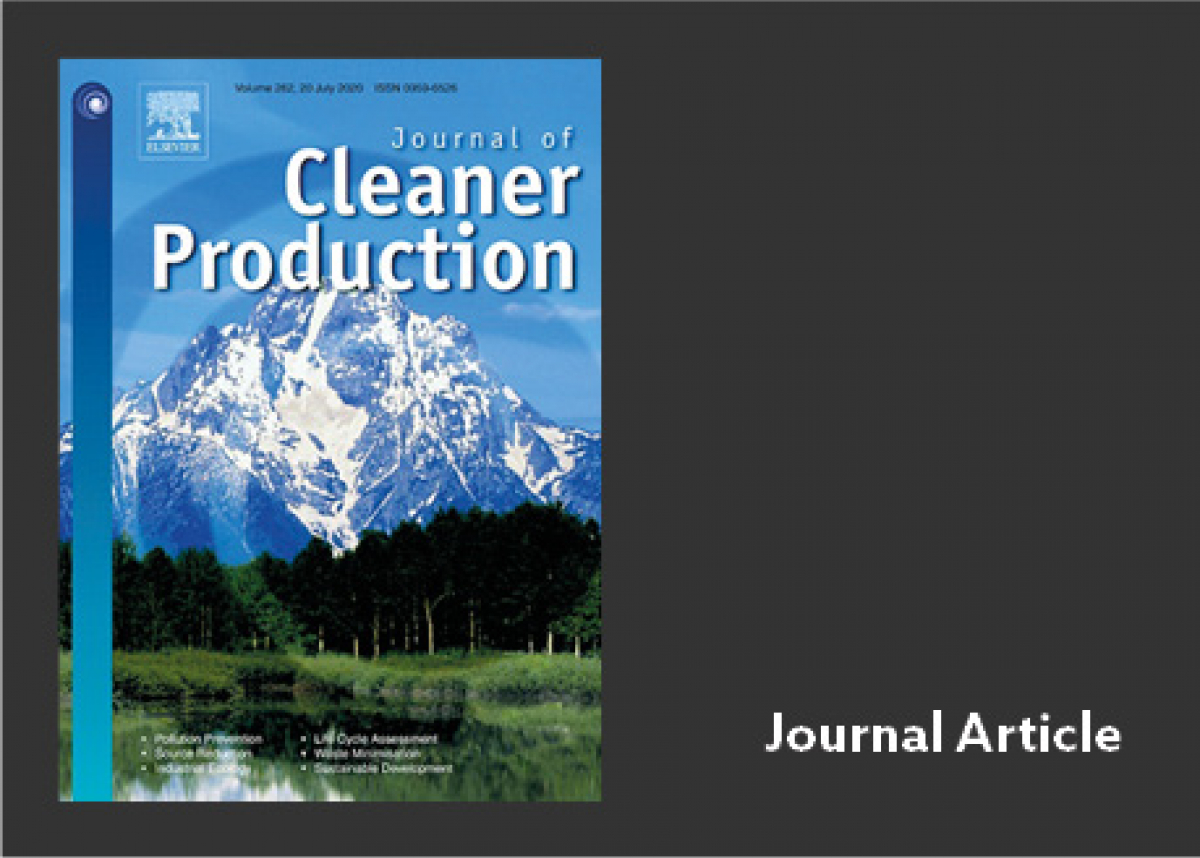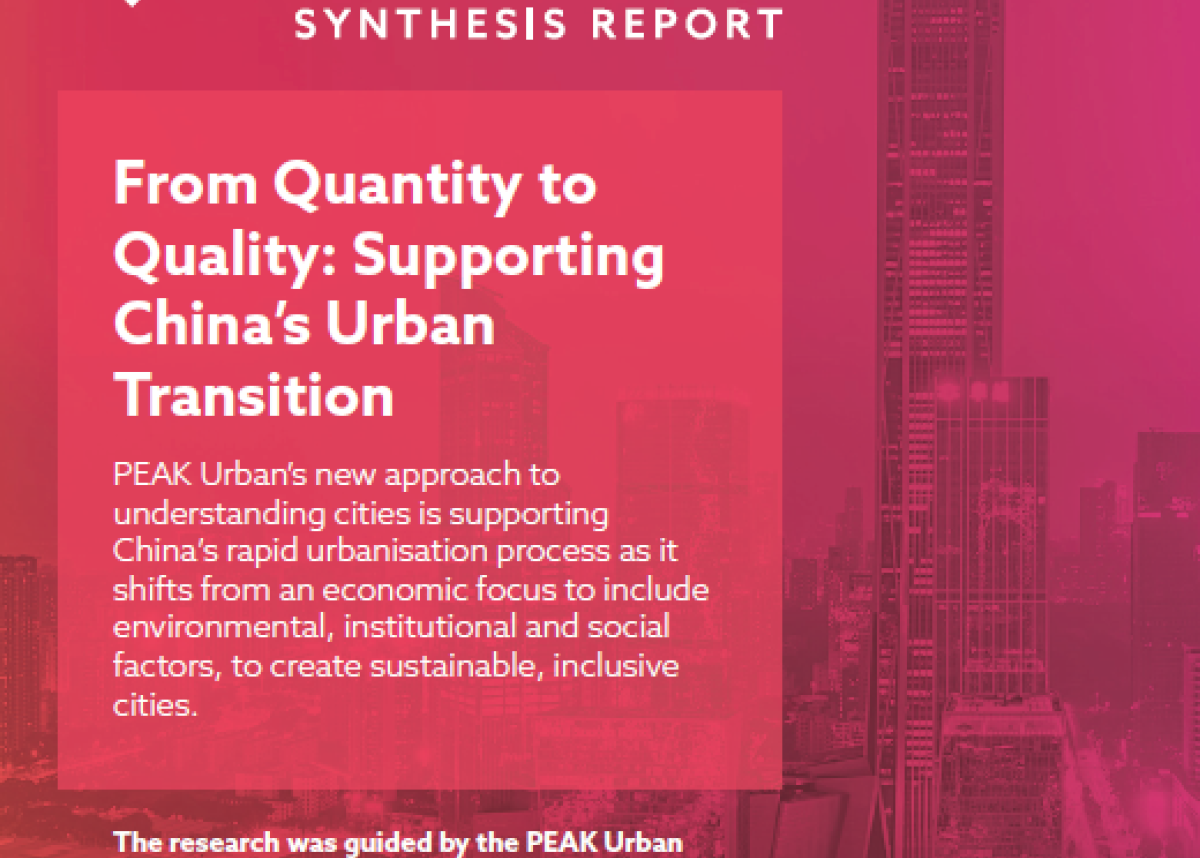
Planning consistency and implementation in urbanizing China: Comparing urban and land use plans in suburban Beijing
The evaluation of the extent to which urban and land use planning have achieved their objectives is crucial to better management of urban land development.
China’s urban and land use plans have the common purpose of controlling urban sprawl. This research aimed at comparatively assessing the consistency and implementation of these plans, considering the Changping District in suburban Beijing as a case study.
Three main findings were obtained: (1) each plan used different strategies to control new developments, and there were several quantitative and spatial conflicts between the two plans; (2) neither plan has been well implemented or effective in controlling urban sprawl, despite the slightly better performance of the land use plan; (3) core-periphery decreasing trends were revealed in land quota allocation and effectiveness of planning implementation.
Remote regular towns received the least land resources from the top-down planning system but also developed fast, mainly through informal and illegal approaches. Further investigation into the double failure of China’s current spatial planning system in quantitative and spatial control over urban land development requires a deeper integration of various spatial management systems, a fundamental transformation of planning philosophy, and a higher respect for peripheral areas in urban-rural integration.
The planning assessment approach and reform recommendations developed on the basis of the Chinese practice are probably referable for other developing countries facing similar processes of rapid urbanization and imperfect spatial management.
